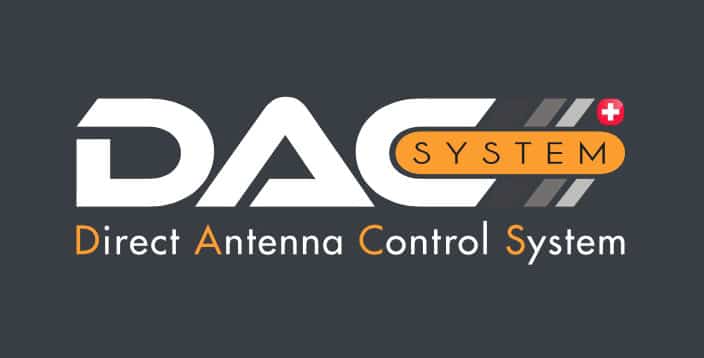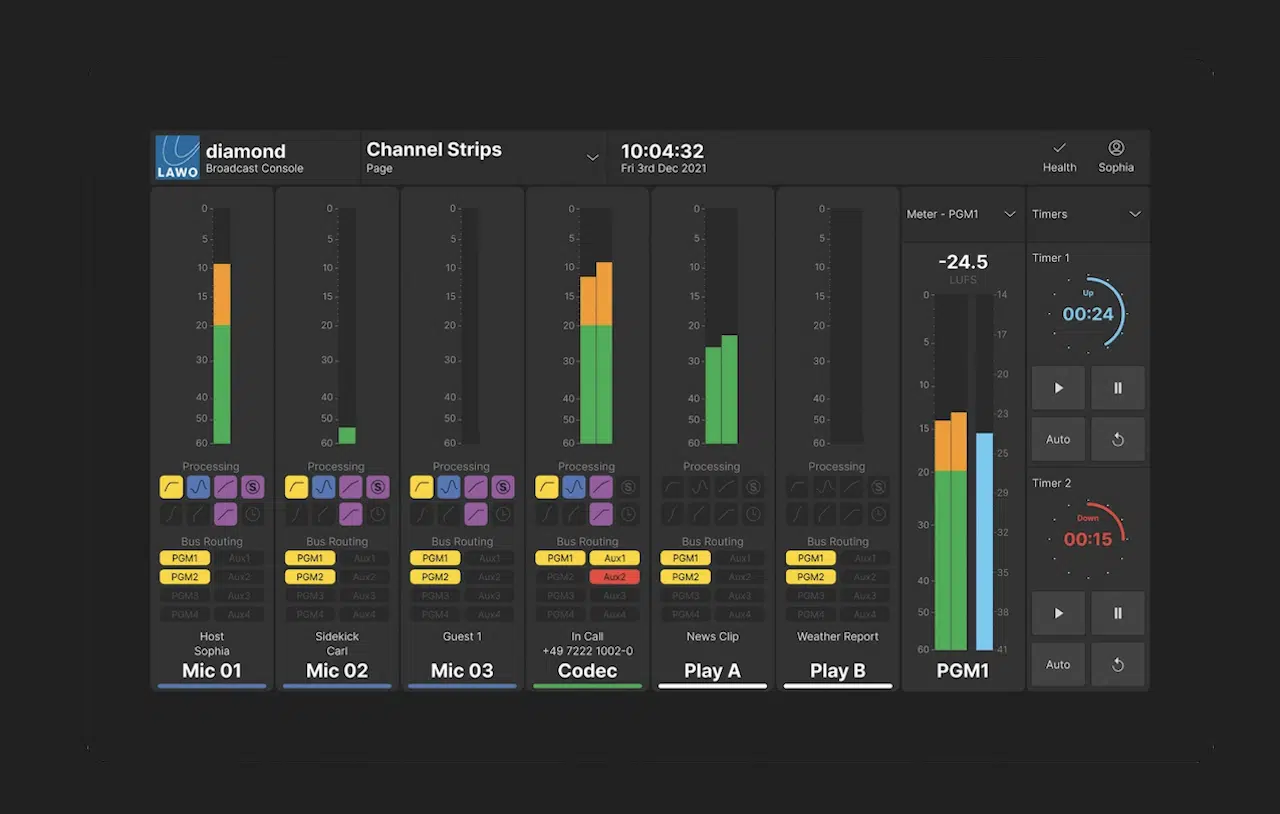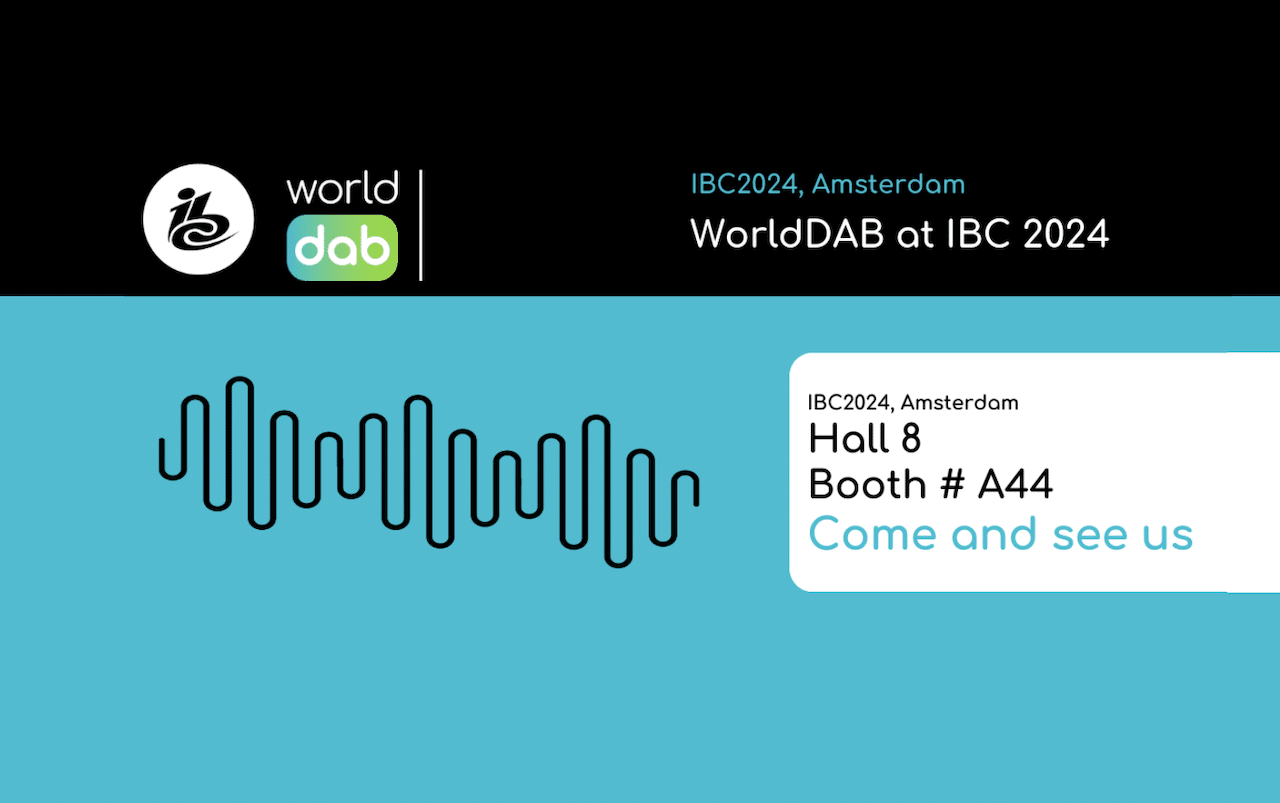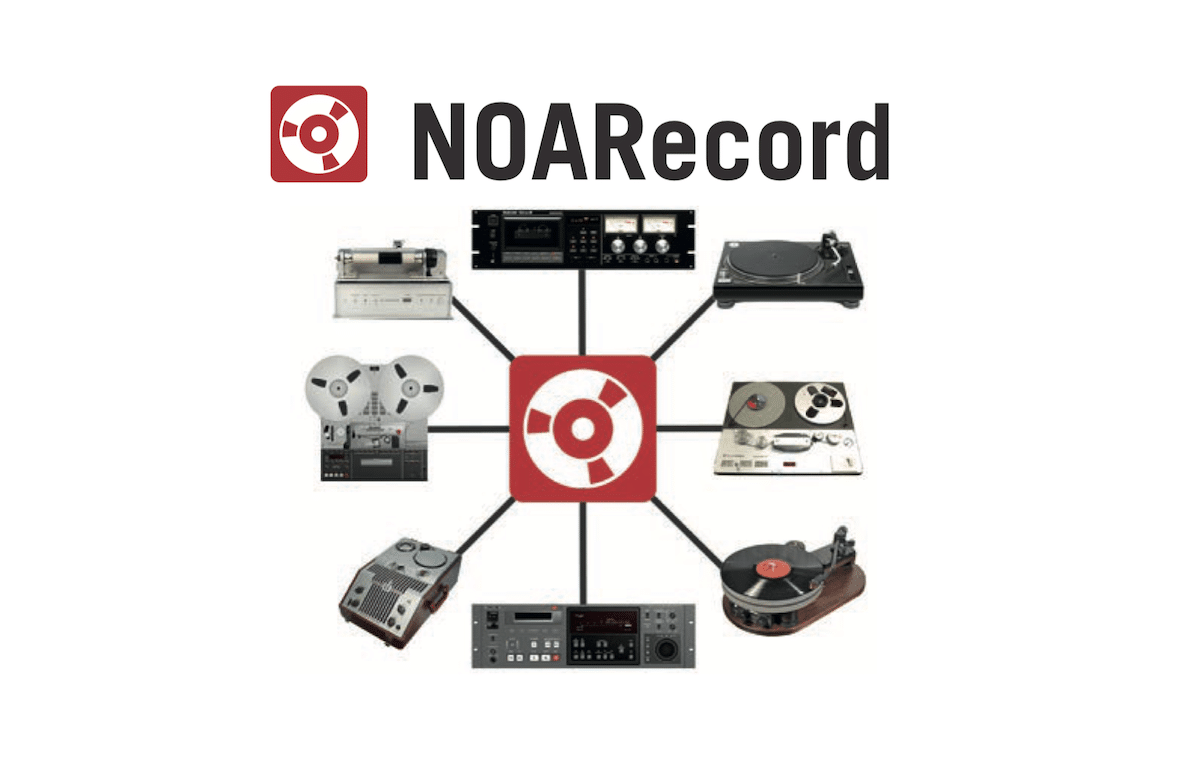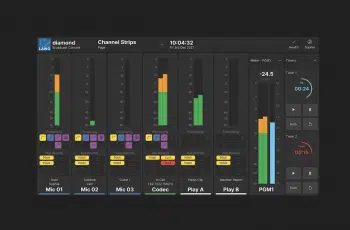
Radio Belgrade, part of public broadcaster Radio Television Serbia (RTS), chose archiving specialist NOA to assist in a major database migration project to safeguard its history and facilitate access to content.

As part of the plan, NOA — in collaboration with its Serbia-based partner and systems integrator, Kompani DigiTV — modernized Radio Belgrade’s entire archiving process, phasing out its various legacy databases and replacing them with a NOA mediARC archive asset management system.
According to NOA CEO Christophe Kummer, this task may seem simple, but in practice was quite challenging. “To achieve the required results, we had to normalize all source databases before importing the information into the central mediARC archive database,” he explains. “The new mediARC system works in collaboration with Radio Belgrade’s already existing NOA Record workstations and supersedes the jobDB workflow system.”
Streamlined Workflow
He adds that for many years, Radio Belgrade had transferred catalog information toward Winisis and an MS Access databases, and because of changing working patterns over such a long period of time, consistency differed greatly, necessitating considerable consolidation.

“Fortunately though, thanks to mediARC’s semantic and relational approach, consolidation resulted in a consistent data design that improved the station’s archiving work, including separate entries for people, carriers, and content segments like Albums and Titles,” he said.
“In addition, because much of the archival material was tagged insufficiently or in a discrepant manner, a majority of the tagging process had to take place during the migration phase,” he adds. “It’s a delicate job when dealing with 10 different databases and legacy data from the last 50 years that constitutes the broadcaster’s complete, irreplaceable patrimony. That translates into a huge digitization project, comprising the work of 10 cataloguers over so many years — and potentially representing some 500 years of work!”
Kummer explains that even though it was impossible to avoid all errors, mainly because of historically inconsistent data description, they were able to consolidate 80–90% of the repertoire, facilitating to access for future operations.


